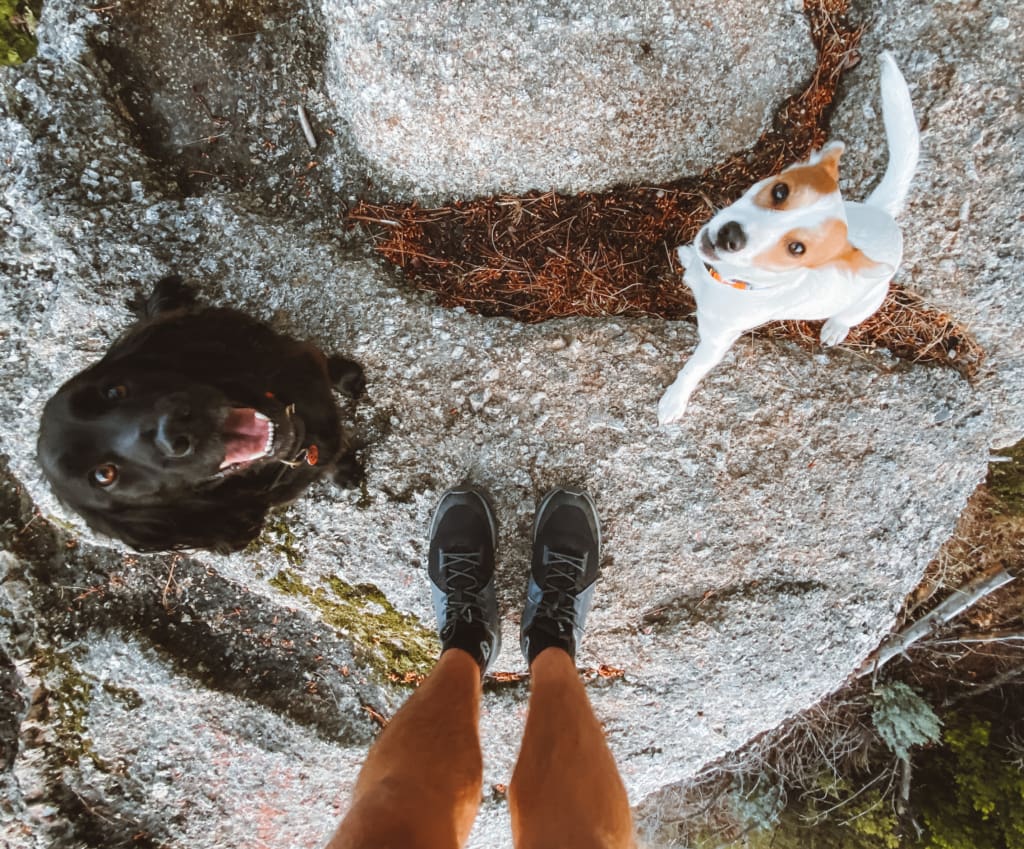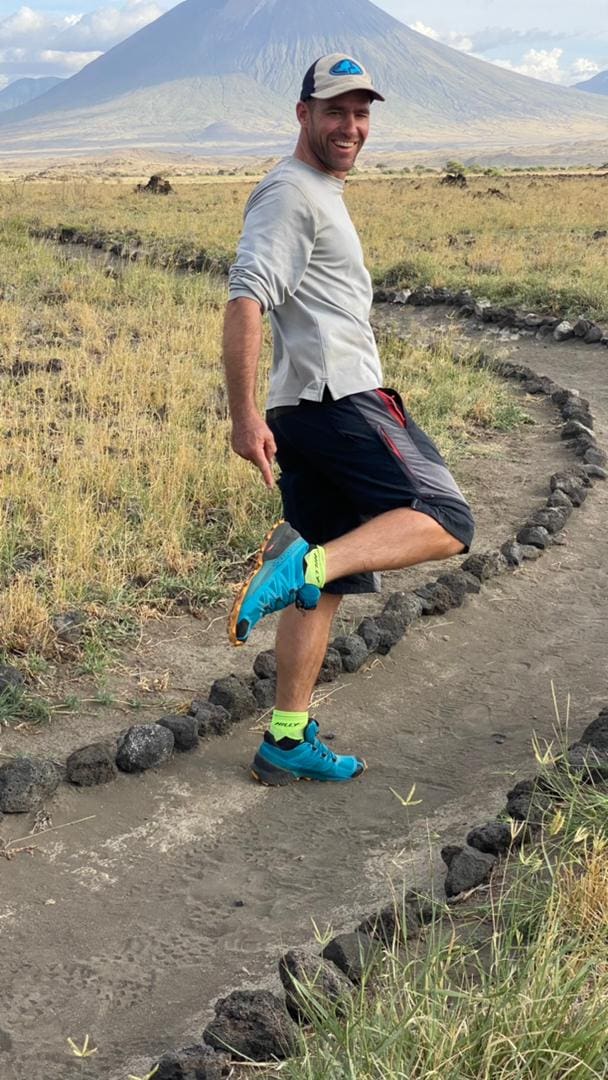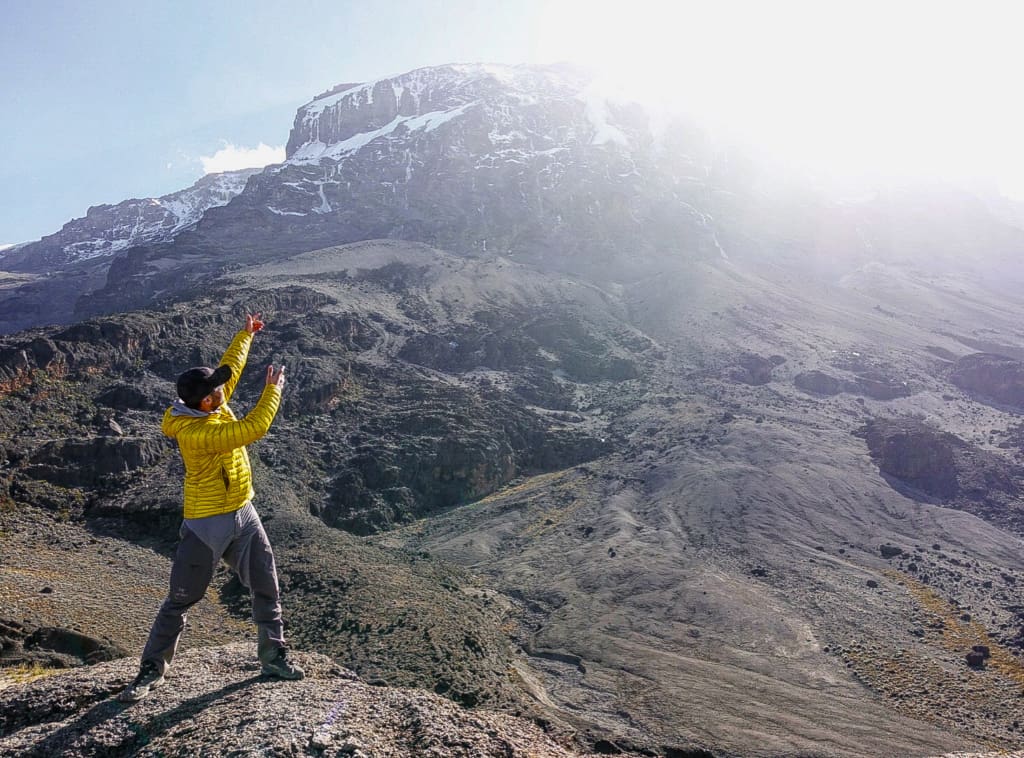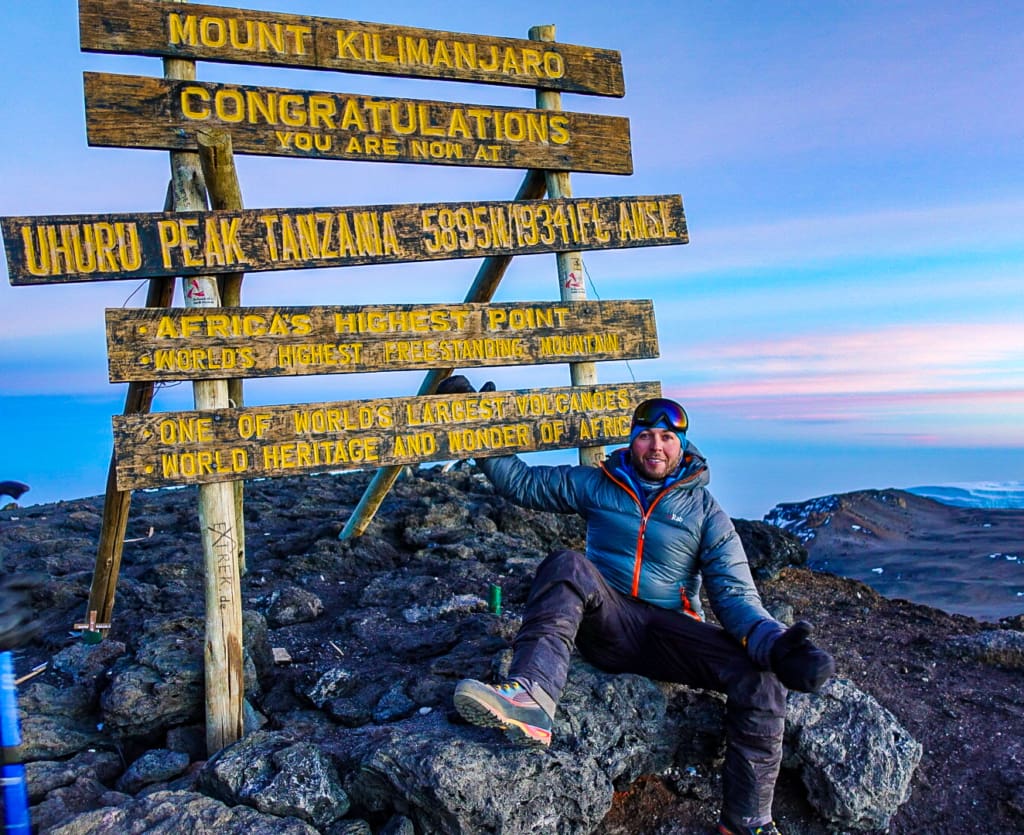Africa is an amazing destination for outdoor adventures, and one of the best ways to explore is by hiking some of the magical peaks, coasts and canyons across the continent. Choose a challenging trek like Mount Kilimanjaro in Tanzania or the Drakensberg in South Africa, or enjoy the outdoors without the steep climbs, walking the Fish River Canyon in Namibia or along the Wild Coast of South Africa. Good footwear is a sure way to make or break a good day of hiking and nothing shortens a trail time like painful feet.
We asked some of our partners and friends who spend much of their spare time on trails, climbing or cross-country trekking, about their footwear of choice. Here are some ideas and tips for any budding or seasoned hiker coming to explore the African terrain.
Tips from the Pros
Chris Joubert – professional photographer and videographer
South Africa
“I specialize in adventure, outdoor, and travel content, and therefore I’m in the mountains all the time following athletes, animals, and simply seeking beautiful landscapes. Due to the nature of my business which involves a lot of travel and moving fast through rough terrain, bulky hiking shoes are not my top choice. I enjoy lighter shoes that help me stay nimble. The shoes I would go for are the Hi-Tec Geo Trail Pros. These shoes are durable, lightweight, have great grip for rough terrain, and come at a terrific price.” Shop the US Hi-Tec site here.
Top tip: favourite recent hike was Sutherpeak in Llandudno, Cape Town

Ake Lindstrom – Managing Director of 3 adventure companies
East Africa
Ake operates a series of lightweight fly camps that serve as a starting point for varied treks at different skill levels. The Footsteps of Man trek, in particular, really offers an unusual variety and depth of experiences rarely found in a “normal” safari. Easily combined with the migration in the Serengeti, this trek is perfect for adventurous families and those looking to get off the beaten track and learn about the environment from local Maasai guides.
Ake tells us – “Working as a ‘walking guide’ most of my treks are more active than the normal walk. We’re on the move on a daily basis and when in our Lake Natron Camp (the hub for many of our treks), we also have the option of morning or evening runs. So, I like a shoe that really enables me to trek long distances or even run. I’m currently using the Salomon Speedcross 5: great grip; really useable for a mix of activities from hiking to running; good heel cushioning; and also not too hot and heavy.”

Andrew Hughes – exploring the world and its’ highest mountains
Seattle, Washington
Andrew has completed the Seven Summits (highest mountains on each continent) and six of the Seven Volcanic Summits (highest volcanoes on each continent) and is set to complete the rarely realized Explorers’ Grand Slam in April, 2023. We asked him about his Mount Kilimanjaro climb and the shoes he wore.
“The multi day climb to high camp was done primarily in a more traditional hiking boot. I wore La Sportivas with good traction, support for having some pack weight, water proof, and pretty light weight overall.
On the summit I used more of an alpine mixed climbing boot with additional tread, ankle support and in particular, insulation which was important on this cold alpine start to the rooftop of Africa.”

Andrew gave us a few tips for selecting foot wear for big climbs:
1. Identify the demands
The environmental demands of your hike or climb should help to define the right boot for you. You might have one kind of boot for the approach to a mountain and another for the climb itself, depending on the varied terrain and need for different tread and support.
2. Embrace your inner Cinderella
When shopping we’re often drawn to the most aesthetically pleasing shoes and boots are no different. But what looks good and feels good in the store can show its true colors once you put them to use on the trail. Make sure to buy boots from a place that has a good return policy so you can try and few boots and then return ones that don’t work for you. That also means it’s important to not just buy a pair of boots the day you’re packing to leave. Happy feet are one of the most important parts of prep for a big climb so put in the time with your gear before you leave.
3. Learn your boot
Fit your boot around your foot and you can easily do that with sole inserts. This helps a boot fit your foot arch and the way you strike the ground with your step. Also settle into your socks before you climb. Switching into different socks that haven’t been tried with your boot can lead to blisters. Learning your boot and how to make it work with you will create confidence in your gear under foot and allow you to just enjoy the steps you’ll take to creating new memories!


